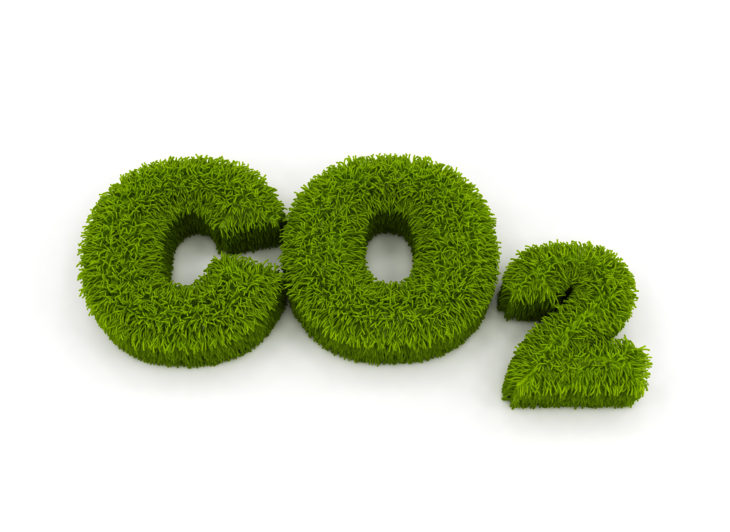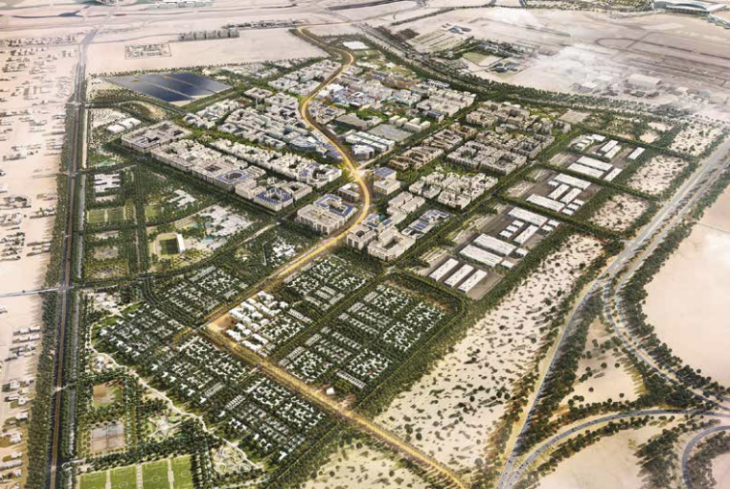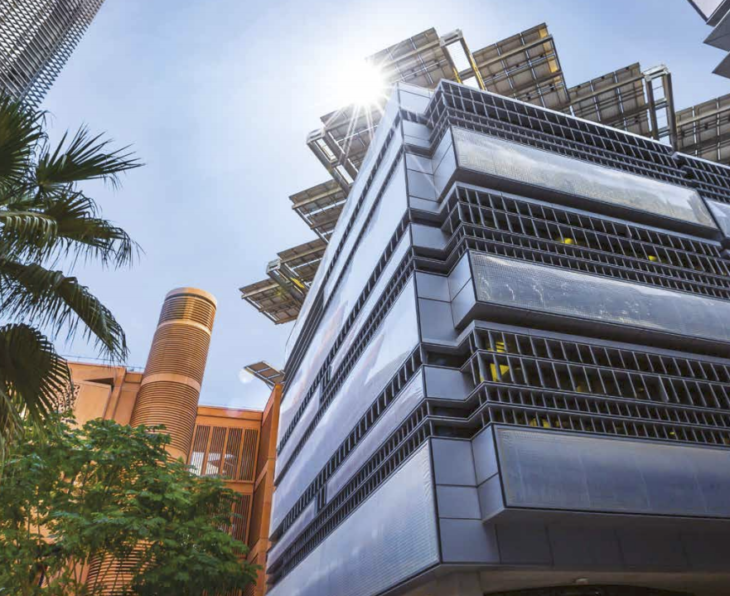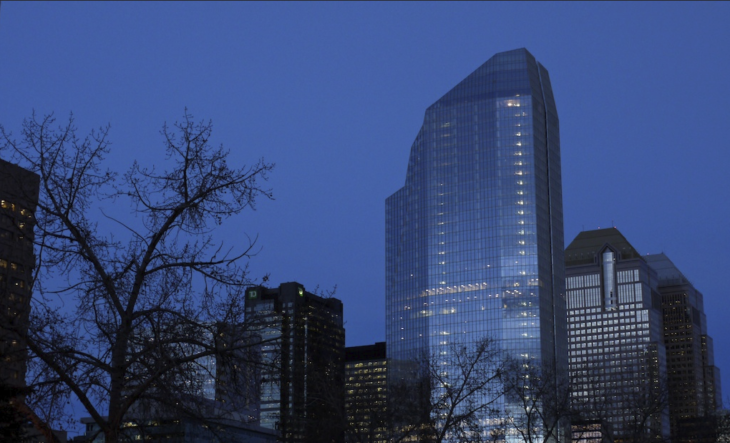The OGM Interactive Canada Edition – Summer 2024 – Read Now!
View Past IssuesToday’s cities are responsible for almost 80% of the world’s energy consumption and 75% of its carbon emissions. In keeping with carbon reduction objectives the world over, creating sustainable cities makes good sense. The number of people living in urban areas is set to double to 6.5 billion by 2050. Rapid urbanization presents us with massive sustainability challenges that can be best met by adopting a radically new approach towards developing the cities of the future.
What’s all the buzz about Carbon footprints and why are we in pursuit of a carbon neutral goal?
The answer is simple. We are no longer willing to sit around and watch the planet die of pollution. People are becoming conscious about the earth like never before. Climate Change is the catalyst but so is our own desire to do and be better. A fundamental commitment to create a sustainable future for our kids. We are moving into the era or environmental responsibility and ensuring a sustainable future. It’s simple – we give a damn!

Calculate your companies carbon footprint and offset what you emit! Turn emissions into trees!
In an effort to reduce carbon emissions the global consensus believes that we can do two things to make it happen. Reduce carbon emissions and if you can’ fully reduce them, purchase carbon credits to offset carbon emissions. The combination of both allows us to fulfil the goal of being a carbon neutral, company, organization, town or city.
Said in another way, Carbon neutrality, or having a net zero carbon footprint refers to achieving net zero carbon emissions by balancing a measured amount of carbon released with an equivalent amount to offset it or buying enough carbon credits to make up the difference. Best practice for organizations and individuals seeking carbon neutral status entails reducing and/or avoiding carbon emissions first so that only unavoidable emissions are offset.
Carbon offsetting is the process of paying others to remove carbon dioxide emitted from the atmosphere by methods such as planting trees or funding ‘carbon projects’ that lead to the prevention of future greenhouse gas emissions, or by buying carbon credits to remove them through carbon trading. These practices are often used in parallel, together with energy conservation measures to minimize energy use overall.
I lived in Abu Dhabi in the Middle East for three years. Abu Dhabi is progressively well known as one of the worlds great oil and gas developing nations. What’s not as commonly known is how progressive they are in renewable energy. My home was situated just outside Abu Dhabi in a place called Khalifa City. Out my front window, I overlooked what is touted as one of the most progressive Carbon reduction projects in the world – Masdar City.

Masdar is a testament to how fresh innovative ideas and collaboration can create eco-friendly outcomes. Masdar is home to some of the greatest minds on the planet when it comes to sustainable energy and it is now the Middle East’s largest exporter of renewable energy.
Masdar City was hooked into the public system and by 2016 it achieved incredibly advanced renewable energy solutions. The home of IRENA (International Renewable Energy Agency) is housed in Masdar, along with a major graduate research university – Masdar Institute of Science and Technology. A visit to Masdar City takes approximately 60-90 minutes, including the driverless vehicle experience in our personal rapid transit system and a comfortable walk through the city.

Today, Masdar is powered by 54 acres of solar panels with additional panels on the roofs. There are now light switches or water taps in the city; movement sensors control lighting and water to cut electricity consumption by over 50%. Approximately 80% of the water used will be recycled and wastewater will be reused as grey water for crop irrigation.
You get the picture. Not only companies, but entire cities are emerging with the goal of becoming net zero, and it’s happening fast.

Today, LEED v4 is the most rigorous green building rating system in the world. From improving energy performance to emphasizing human health and integrative building design, LEED is encouraging project teams to operate beyond the status quo and create new and innovative green building solutions.
Canadians are stepping up, with over 350 registered projects to date and the early adopters have proven their abilities and helped drive change in the industry including greater manufacturer transparency and disclosure.
From buildings to operational efficiencies, to our overall green footprint, the game of energy efficiency and carbon reduction is changing at exponential rates. It’s proving to be a place of job creation, economic savings and environmental sustainability. That’s the good news.
For more information on LEED:
LEED video

Eaight Avenue Place, Calgary, Alberta has earned LEED Platinum Status: Featuring a winter garden, green roof, thermal monitoring and control. Source: Flickr
Offshore Newfoundland, Aker Solutions is breaking ground by progressively committing to a carbon neutral goal. Aker Solutions is the first company operating in Newfoundland’s oil and gas sector to purchase carbon credits from Sharp Management, that are generated from wastewater treatment facilities in Appleton-Glenwood and Stephenville.
“We don’t have to wait for someone to tell us what to do. Carbon neutrality is the right thing to do”, said Dave Billard, Newfoundland’s Aker vice-president and general manager. Aker of St. John’s is currently assessing operations and predicts they will purchase between 100 and 200 equivalent offsets along with other green goals that will allow them to achieve a carbon neutral status.
Glenn Sharp, President of Sharp Management is planning information sessions for companies interested in environmentally conscious action. The goal of Sharp Management is to assess companies and allow them to purchase credits if need be. Working with the oil and gas industry, municipalities and construction, Sharp Management is poised to offer carbon reduction solutions before it is even mandated in the province. Glenn Sharp says, “For the first three months, the carbon credits are selling for $25 per tonne and are offered exclusively to Newfoundland and Labradorian companies. After that three month period, we will be offering carbon credits internationally. I’m excited that Aker has taken the first step and has become a leader in environmental initiatives such as this carbon reduction program. We’re looking to work with other companies like Aker Solutions that wish to follow suit and make a difference in the environment. We predict many companies will be interested in doing the right thing before it is legislated.”

Glenn Sharp (left) presents an official Newfoundland Climate and Ecosystems Conservancy Project carbon credit to Aker Solutions Canada HSE manager Melissa English-Barbour and vice-president and general manager Dave Billard. Credit: The Telegram/SaltWire Network
The Newfoundland Climate and Ecosystems Conservancy Project (NCECP) is publicly listed on the CSA Clean Projects Registry and has been 3rd party verified under the ISO-14064-2 by Fournier Toupin CPA Inc. The project mitigates greenhouse gas by engineering wetland systems for wastewater treatment, thereby offsetting carbon. Treating wastewater and sludge from municipalities eliminates environmental impacts of discharging raw wastewater and produces fewer greenhouse gases (GHG). A first for the province.
You can calculate your carbon footprint at www.carbonzero.ca/projects/ncecp and you can also contact Sharp Management for an assessment.
It takes a provincial commitment to ensure a sustainable energy future and working together in our own unique ways will achieve that goal. An expression of unity and collaboration, the goal of carbon zero is an objective that we can all get behind and be proud of. It is our future after all.
Did you enjoy this article?